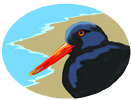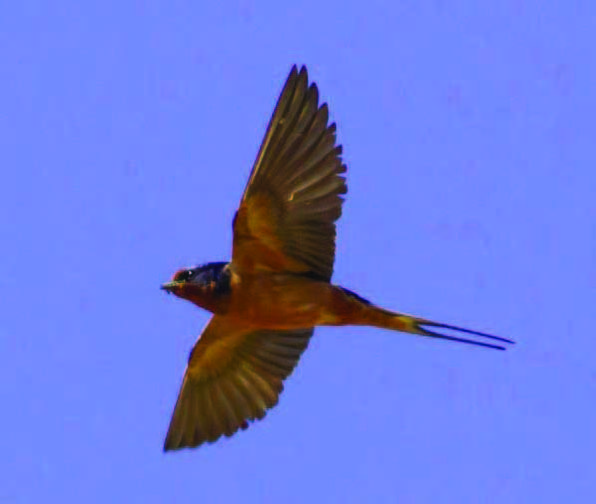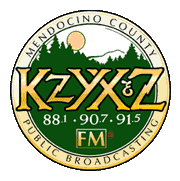The association between Barn Swallows and people allows many of us to enjoy watching their nestlings grow right outside our doors. They are easily recognized by their deep-blue backs, long pointed wings, and deeply forked tails. Females are paler with a whitish chest. Males have more orange on their chest and a longer forked tail. Barn Swallows are the only swallows showing spots of white on their tails.
April brings the return of their chattery calls during their graceful courtship flights. The male chases the female through the air. When they land they rub heads and necks, interlock their bills, and preen each other. As the name suggests, Barn Swallows almost always nest on human structures that have an overhang to provide protection from the weather and predators. They have been known to nest on slow-moving trains and boats. They build a cup-shaped nest of mud and lay four to five small white eggs with brown spots. They produce two to three broods a summer. The young have been known to stay around the nest and help out.
The Barn Swallow is a great help with pest control, catching bugs while flying low over the fields. They even drink and bathe while in flight over water. They have one of the longest migrations, seven thousand miles, with some spending summers in Alaska and winters in Argentina.
Photo Michael Woodruff


